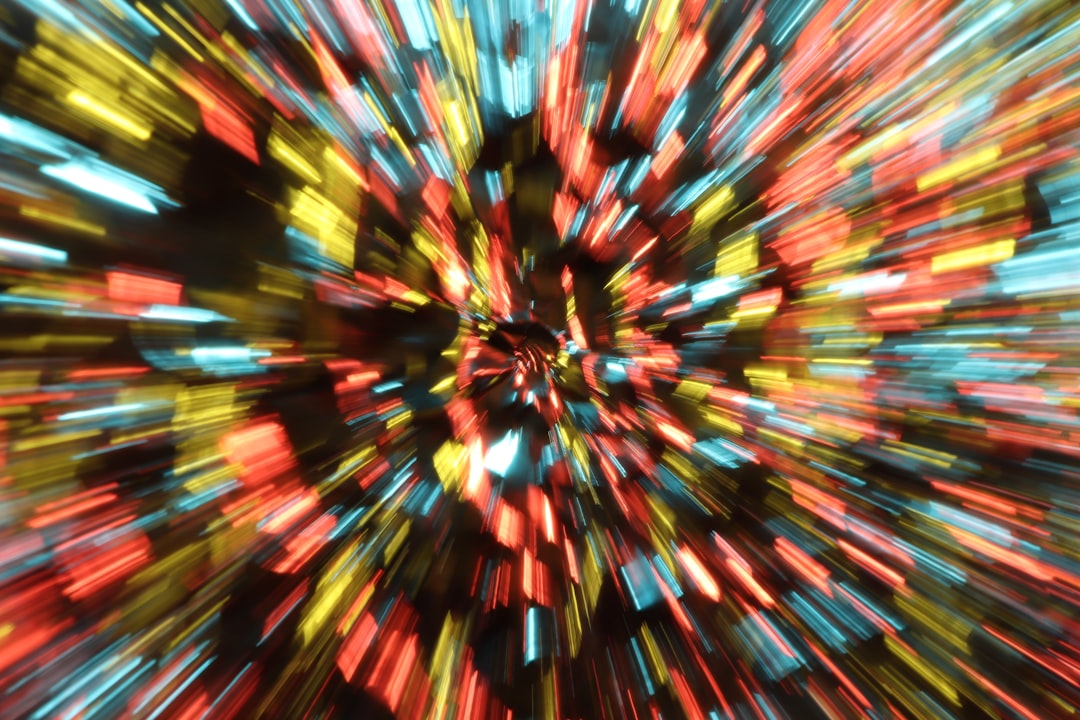What is it about?
This paper describes the motivation, design, realization and first six months of operation of MASSIF-1, a beamline used to study the structure of medically important proteins. What makes this beamline special is that the experiments have been completely automated meaning that users do not need to come to the beamline or operate it remotely. This allows them to spend more time on studying the biology while the robot works through the night
Featured Image
Why is it important?
MASSIF-1, the first beamline of the Massively Automated Sample Selection Integrated Facility, is jointly operated by ESRF and EMBL, in Grenoble. This ground-breaking tool provides European structural biologists with a fully automated service for sample evaluation and data collection from crystals of macromolecules. Scientists feed their experimental requirements into the beamline software while their samples enter a queuing system. The crystals are then located and screened automatically, and the data acquired without any human intervention.
Perspectives
The automatic routines developed are often able to locate crystals more effectively than the human eye and in many cases have obtained higher resolution data sets as all positions within a sample can be evaluated for diffraction quality. As MASSIF1 is fully automatic, data are collected for the first time in a consistent manner and should allow the accumulation and comparison of a large amount of information that was previously unknown, including the exact dimensions of crystals and deeper information about their quality. The new service is not designed to replace all user visits to the synchrotron but rather to do the hard work of screening crystals through the night, freeing researchers to spend time on more challenging data collection problems and study the underlying biology.
Dr Matthew W Bowler
European Molecular Biology Laboratory
Read the Original
This page is a summary of: MASSIF-1: a beamline dedicated to the fully automatic characterization and data collection from crystals of biological macromolecules, Journal of Synchrotron Radiation, October 2015, International Union of Crystallography,
DOI: 10.1107/s1600577515016604.
You can read the full text:
Resources
MASSIF-1 : Rise of the robots transforms MX
MASSIF-1 is a world leading unique facility for the fully automatic, high throughput characterisation and data collection from macromolecular crystals.
Fully automatic characterization and data collection from crystals of biological macromolecules
Description of a fully automatic system for the collection of data from protein crystals. This system uses the measures defined in this paper
Beamline twitter account
Follow the beamline twitter account for automated updates on crystal sizes and volumes for the week and links to updates and tips for using the beamline
The story of MASSIF-1
Short video on how Sanofi-Aventis have used MASSIF-1, a collaborative effort between ESRF and EMBL on the Grenoble Giant Campus
Fully automatic macromolecular crystallography: the impact of MASSIF-1 on the optimum acquisition and quality of data
Review of a year of operation of MASSIF-1 showing the autonomous system can collect better data than humans
RoboDiff
Description of the robotics designed for MASSIF-1
Contributors
The following have contributed to this page










